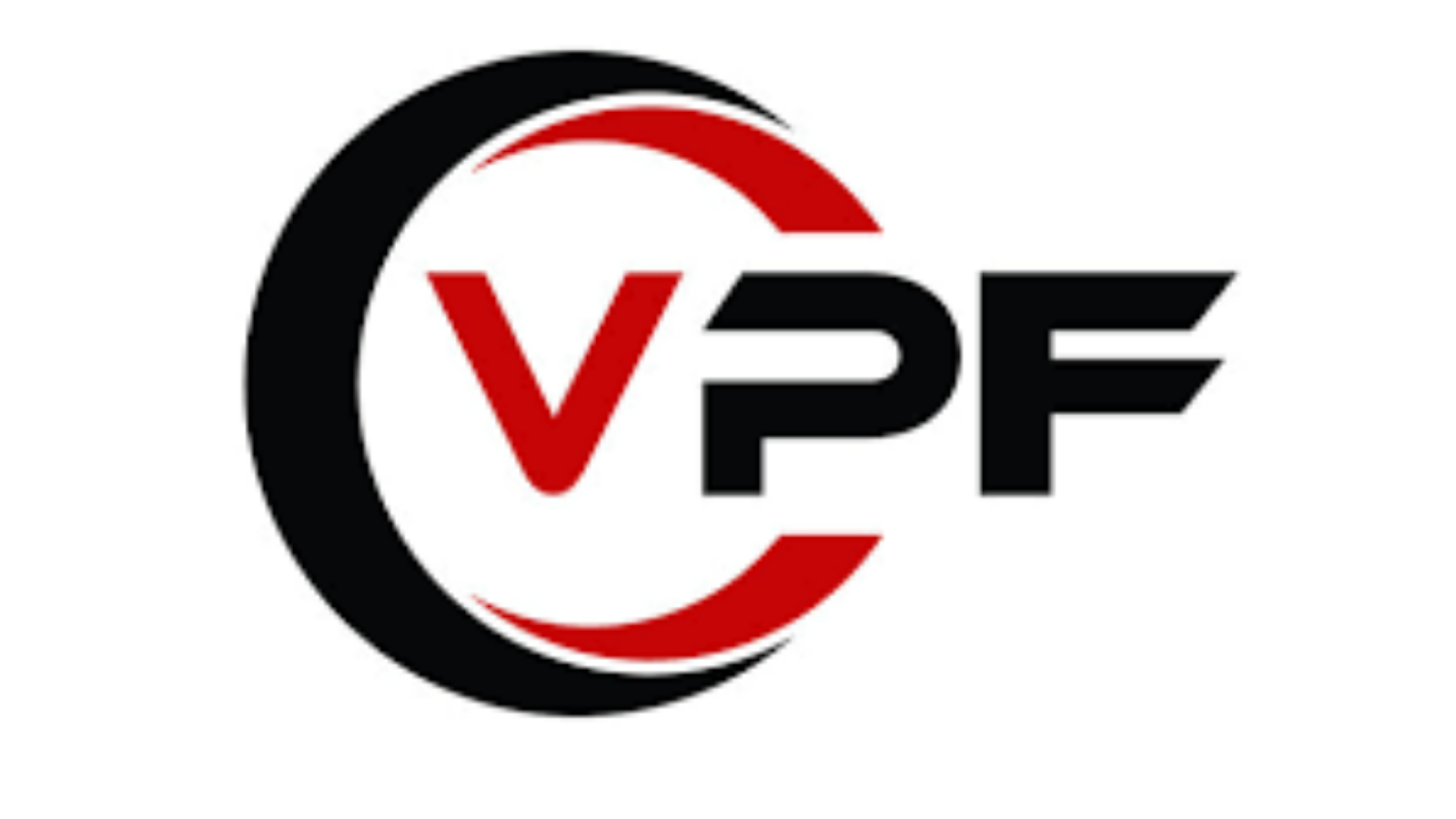.jpg)
The recent soy sauce scandal has rocked the food industry and shaken consumer confidence. The scandal, which involved a Chinese company that was selling contaminated soy sauce, showed how vulnerable the food supply can be to dangerous contaminants and bacteria. It also raised important questions about the safety of imported foods and how companies are able to get away with selling potentially hazardous products. In this blog post, we will take a closer look at the soy sauce scandal and how it has changed the way we view food safety. We’ll explore how it has impacted consumers, manufacturers, and regulatory agencies around the world and what changes have been implemented since then.

The 2003 Soy Sauce Scandal
The 2003 soy sauce scandal was a food safety scare in China that resulted in the deaths of at least 22 people. The scandal began when it was discovered that soy sauce produced by the Shandong-based company Tianjin Hualian Food Company was adulterated with a cheaper, but potentially more toxic, ingredient called ethylene glycol.
The Chinese government launched an investigation and soon found that many other companies were also using the same illegal ingredient in their soy sauce. This led to a nationwide recall of affected products and a crackdown on the production and sale of adulterated soy sauce.
The scandal not only highlighted the need for better food safety regulation in China, but also raised questions about the safety of imported Chinese food products. In the wake of the scandal, many Western countries began to require stricter testing and certification of food products from China.
The Aftermath of the Scandal
The soy sauce scandal has had a lasting effect on the way we view food safety. For years, we have been told that we need to trust the government to regulate our food supply and make sure that it is safe. But this scandal has shown us that the government is not always to be trusted.
We now know that there are dangerous chemicals in our food supply, and that the government does not always do its job of keeping us safe. We are now more aware of the need to take our own health into our own hands. We must be more vigilant about what we eat and where it comes from. We must educate ourselves about food safety and make sure that we are doing everything we can to protect ourselves and our families.

Changes in the Food Industry
In recent years, the food industry has been under intense scrutiny for a number of high-profile scandals. From the horse meat scandal in Europe to the more recent soy sauce scandal in China, these food safety scares have made consumers more aware of the potential risks involved in eating certain foods.
The soy sauce scandal erupted in early 2011 when it was revealed that a Chinese company had been adding artificial colorings and flavorings to their products. This led to a nationwide recall of soy sauce products and a major shakeup of the industry.
Since then, changes have been made to the way that food is regulated in China. In 2012, the State Council issued new regulations on food safety, which included stricter penalties for companies that break the rules. These changes have helped to improve the safety of food products in China and restore consumer confidence.
Looking ahead, it is likely that we will see more stringent regulation of the food industry globally as consumers demand higher standards of safety and quality.
How to Protect Yourself from Food Contamination
In the wake of the recent soy sauce scandal, many people are wondering how they can protect themselves from food contamination. There are a few simple steps you can take to minimize your risk:
1. Check food labels carefully. Pay attention to both the country of origin and the expiration date.
2. Wash all produce thoroughly, even if you plan to peel it.
3. Cook meat and poultry thoroughly, and avoid cross-contamination by using separate cutting boards and utensils for raw and cooked food.
4. Avoid unpasteurized dairy products.
5. Be careful when handling raw seafood, as it can contain harmful bacteria. Always cook seafood thoroughly before eating it.
By following these simple tips, you can help ensure that your food is safe to eat and reduce your risk of foodborne illness.
Conclusion
The soy sauce scandal has certainly been an eye-opener for many and has changed the way we view food safety. It has raised awareness of the truth behind what is in our food, and how easy it can be to be fooled by clever marketing tactics. We now know that being vigilant about checking labels on foods, understanding where they come from and paying attention to any unusual flavors or colors can all help protect us from falling victim to adulterated food products. With a little bit of extra effort, we can ensure that our families are consuming safe and healthy foods every time they sit down at the dinner table.







0 Comments